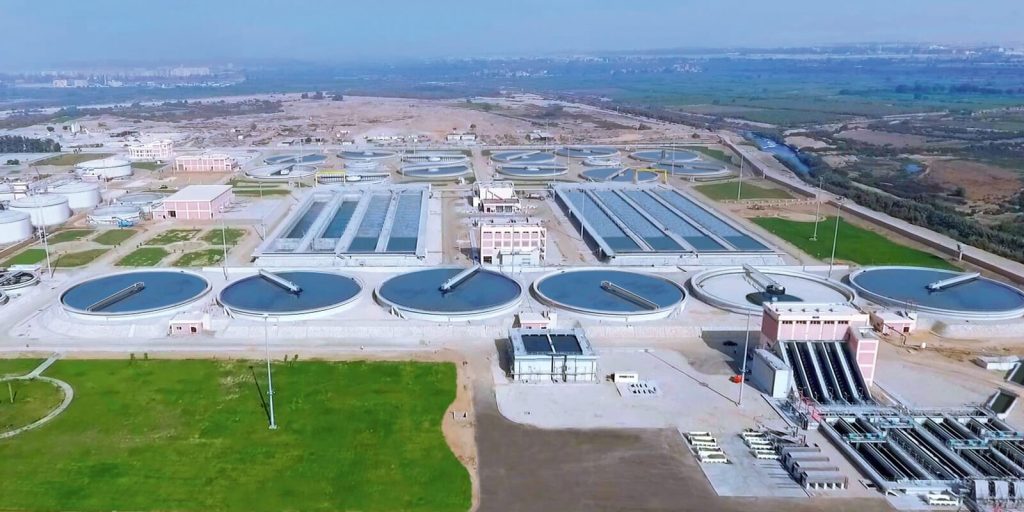Commissioned in 2005 with a capacity of 500,000 m3 per day, the Gabal El Asfar wastewater treatment plant, located in the Egyptian capital Cairo, was first extended, then a second time in 2018, making it one of the largest facilities of its kind on the African continent, with a capacity of 2.5 million m3 per day. But its expansion is far from over, with the Egyptian government announcing a third phase of work.
Although the start date has yet to be determined, it is certain that this stage of the project to extend the capacity of the Gabal El Asfar plant will be financed to the tune of 61.5 million euros by the Agence française de développement (AFD) and the European Union (EU). The agreements were signed on 26 March 2024 between the heads of the financial institutions and the Egyptian Minister for International Cooperation, Rania Al-Mashat. “Of this financing, AFD will provide 50 million euros in the form of a loan, as well as a 1.5 million euro grant. A €10 million grant agreement has also been signed between the two development partners, bringing the total to €61.5 million”, says the Egyptian Ministry for International Cooperation.
Increasing the plant’s capacity to 3.5 million m3 per day
With this new funding, the Egyptian government plans to equip the Gabal El Asfar plant, whose current capacity is estimated at 2.5 million m3 per day, with cutting-edge technology that will enable triple treatment of the effluent discharged into the Cairo drainage system.
The aim is to increase the plant’s capacity to 3.5 million m3 per day. This will make it possible to treat the wastewater of 17.5 million people in the city of Cairo by 2040, compared with 5 million people at present. The effluent treated at the Gabal El Asfar wastewater treatment plant will be used to irrigate crops, in response to the drought that is drying up water resources in the land of the pharaohs.
Read Also –
At Gabal El Asfar, biogas is extracted from the sewage sludge. Combustion of this highly purified gas produces 56,000 MWh of electricity a year, meeting part of the electrical needs of the wastewater treatment plant.
Inès Magoum
